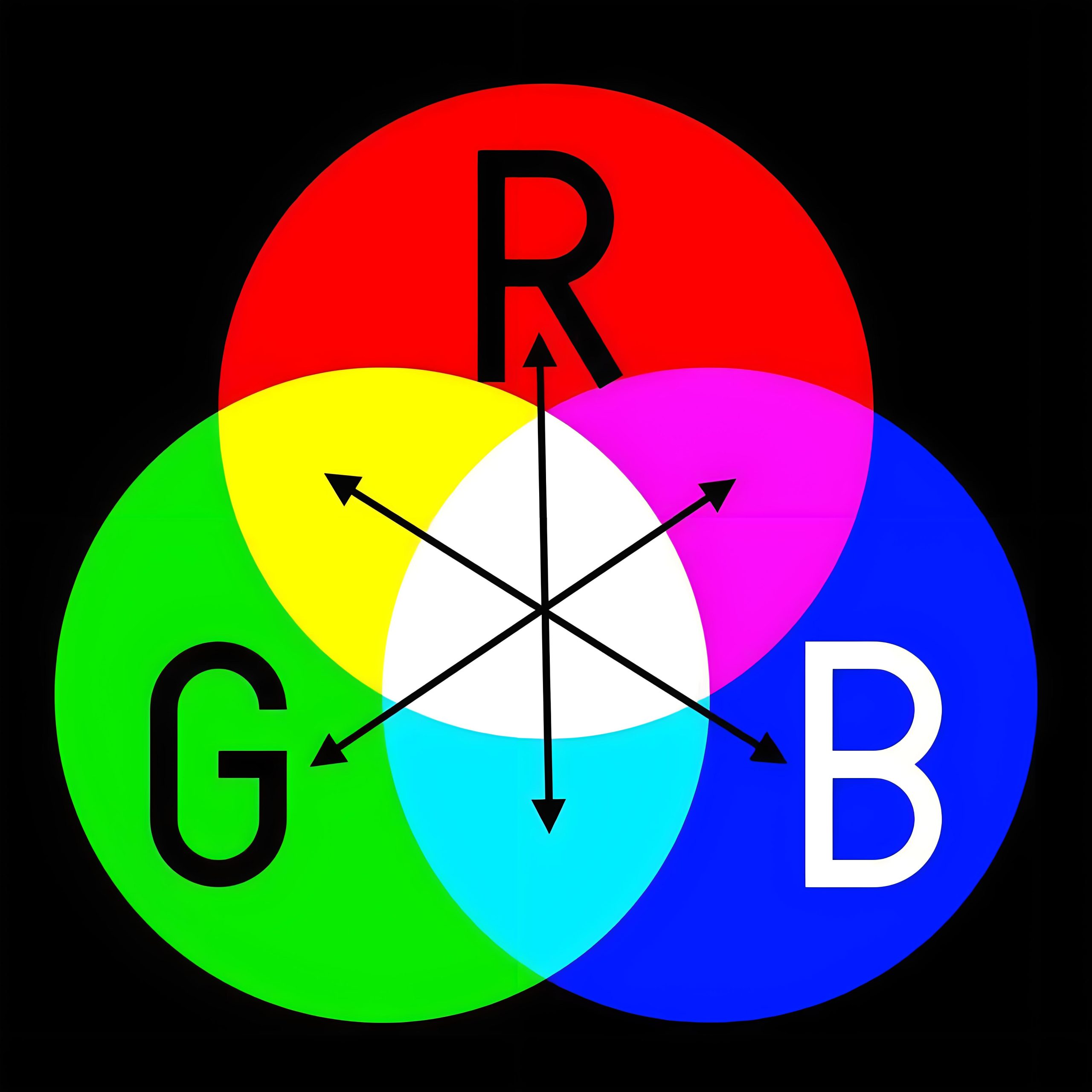Color Analysis of LEDs RGB
The principle of LEDs RGB (red, green, blue) color adjustment refers to the adjustment of various colors by controlling the brightness and mixing ratio of LED lights with three different colors: red, green, and blue. Below, we will provide a detailed introduction to the principles of LEDs RGB color matching.
The RGB color matching principle is based on the mixing principle of three primary colors of light. Red, green, and blue are the three basic primary colors of light that can be mixed to produce various different colors. In the LEDs RGB dimming system, LED lights with three colors of red, green, and blue form a dimming system. The desired color is achieved by controlling the brightness and mixing ratio of these three LED lights.
Firstly, red, green, and blue LED lights represent red, green, and blue light, respectively. These three colors have different wavelengths and frequencies of light, corresponding to different colors. Red light has a longer wavelength and lower frequency, corresponding to red; Green light has a moderate wavelength and frequency, corresponding to green; Blue light has a shorter wavelength and higher frequency, corresponding to blue. These three colors of LED lights can emit a single red, green, and blue light, and different brightness levels can be adjusted by controlling their brightness.

Secondly, various colors can be achieved by adjusting the brightness and mixing ratio of the red, green, and blue LED lights. In the color matching system, the brightness of the three primary colors can be adjusted by controlling the brightness of the red, green, and blue LED lights. For example, when only red light appears, it will appear pure red; When only green light is on, it will appear pure green; When only blue light is on, it will appear pure blue. Meanwhile, by adjusting the mixing ratio of the three LED lights, other different colors can be produced. For example, when both red and green lights are lit up, they will appear yellow; When both green and blue lights are lit up, they will appear blue; When both red and blue light are lit up, it will appear magenta; When red, green, and blue lights light up simultaneously, they will appear white. By adjusting the brightness and mixing ratio, various color changes can be achieved.
Finally, the brightness of LED lights is controlled by controlling the current and voltage of the RGB dimming system. There is a certain relationship between the brightness of LED lights and the current and voltage. By adjusting the current and voltage of the RGB dimming system, the brightness of LED lights can be controlled. For example, increasing current and voltage can increase the brightness of LED lights, while decreasing current and voltage can decrease the brightness of LED lights. By precisely controlling the brightness and mixing ratio of three types of LED lights, the desired color and brightness effects can be achieved.
In summary, the principle of LEDs RGB color adjustment is to adjust various colors by controlling the brightness and mixing ratio of red, green, and blue LED lights. By precisely controlling the brightness and mixing ratio of LED lights, the desired color and brightness effects can be achieved, providing people with a rich and colorful lighting experience.












